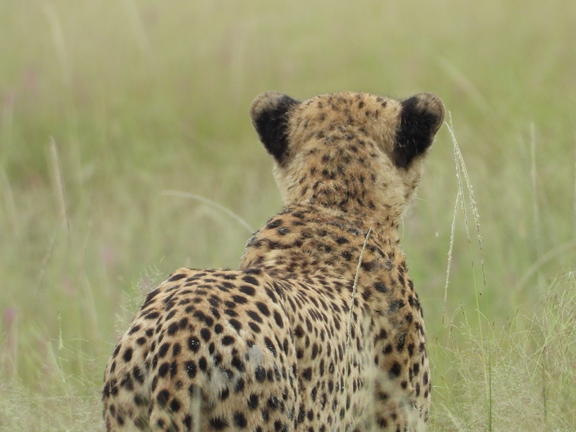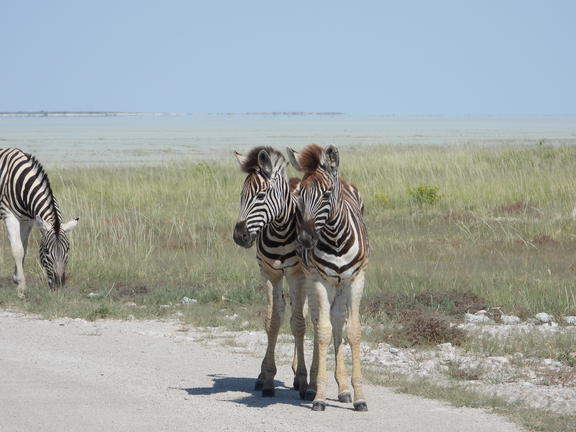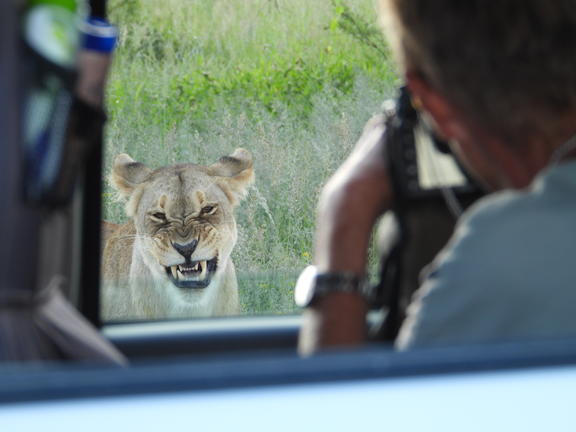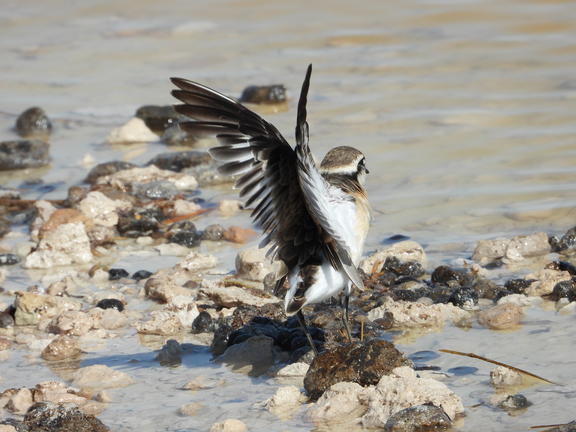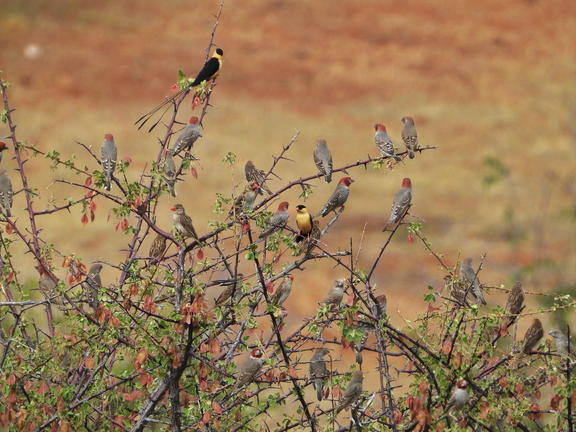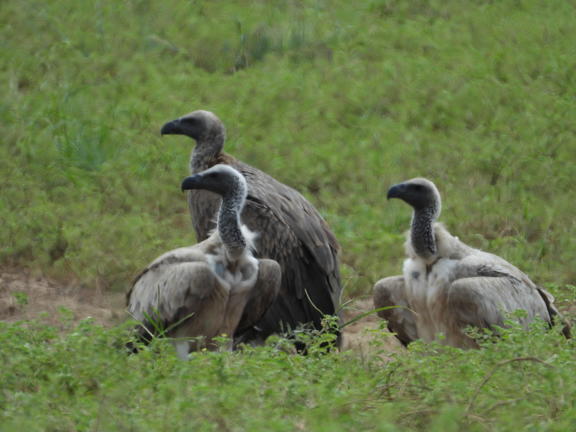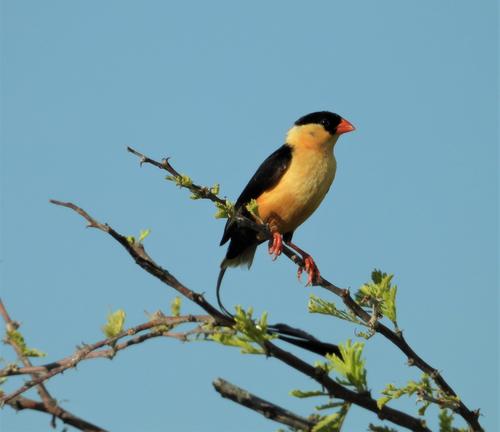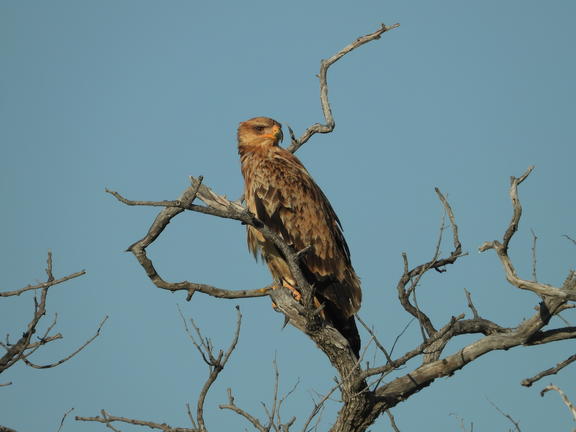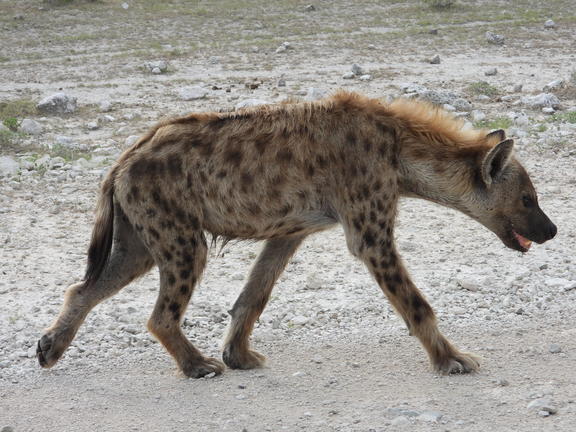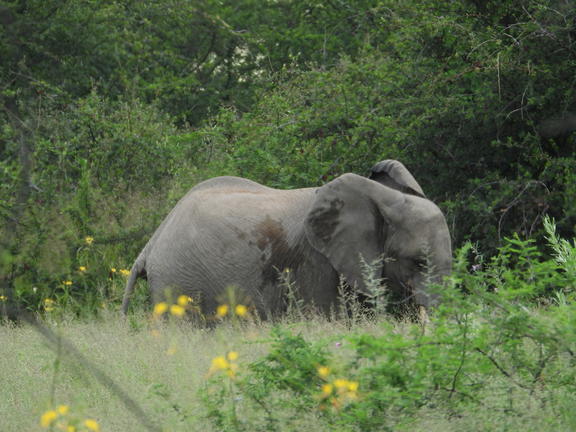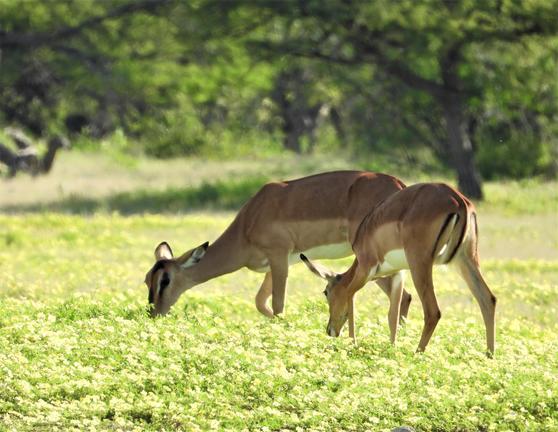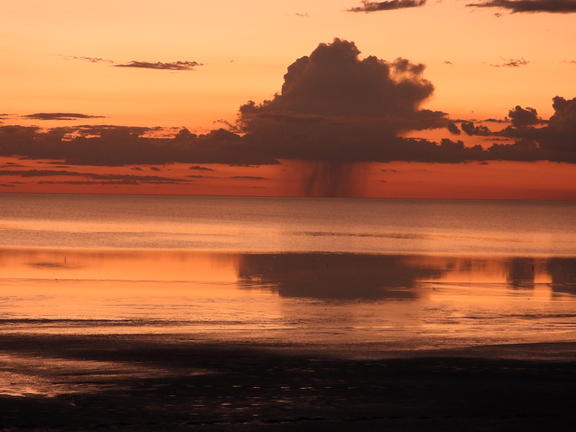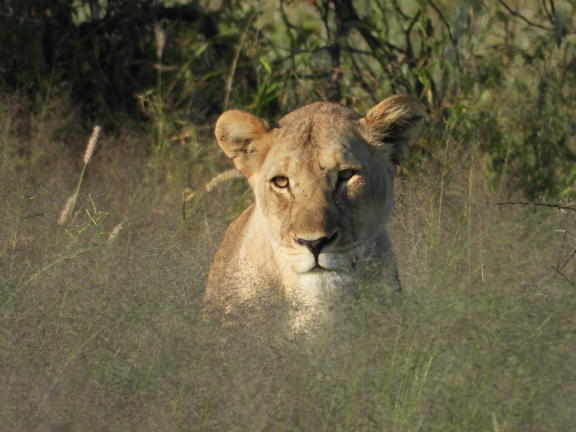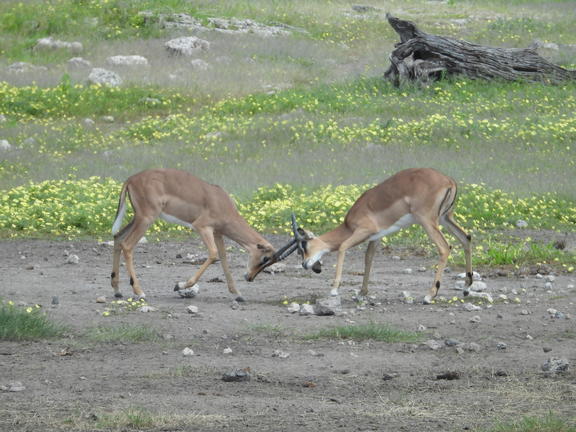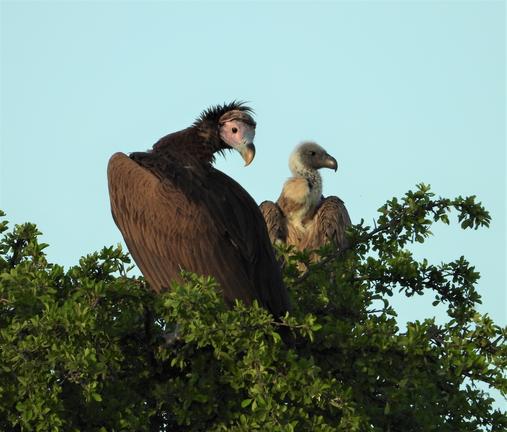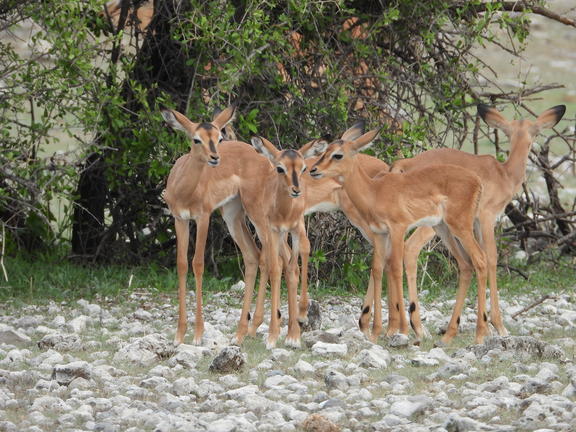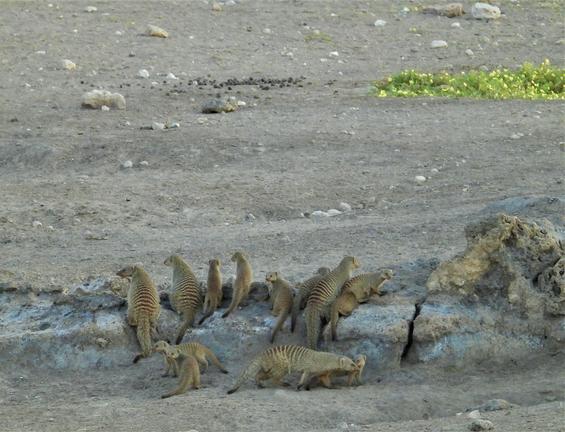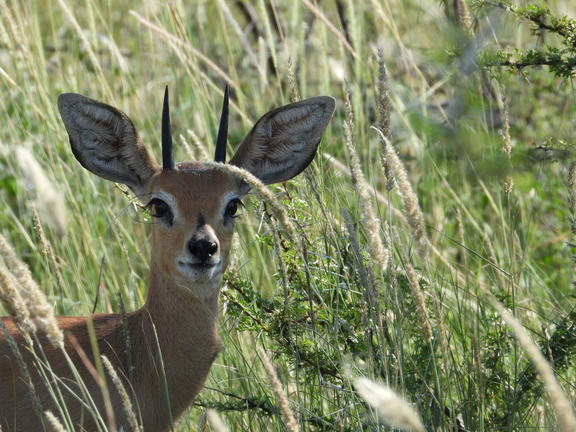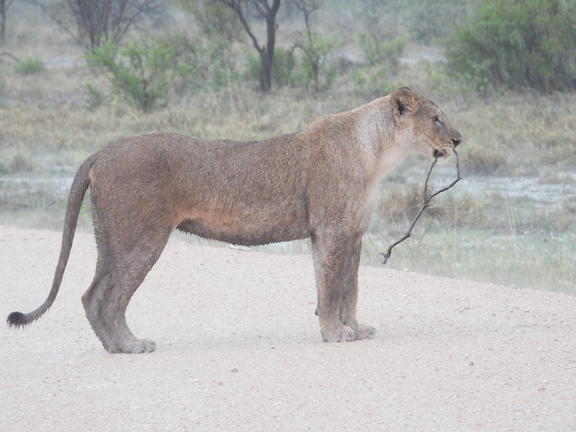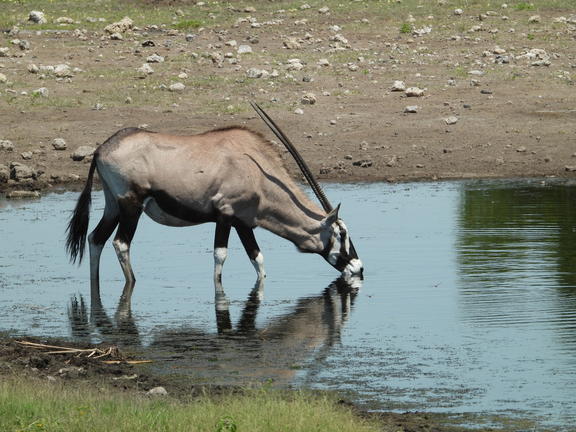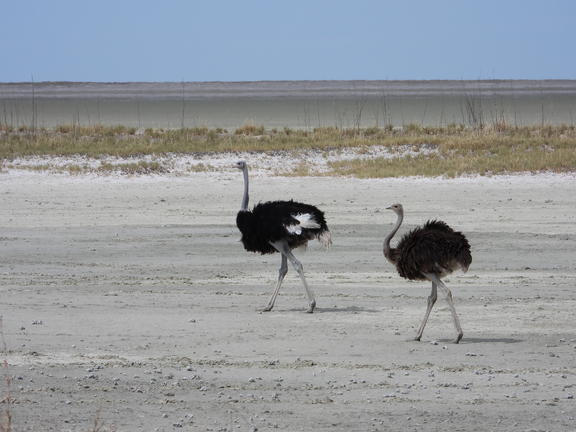One of the largest and oldest national parks in Africa, Etosha National Park is Namibia’s premier tourist destination and a true showcase of the country’s wildlife. The park is home to 114 species of large and small mammals, over 400 recorded bird species, numerous reptiles, and even a unique species of fish, making it a haven for wildlife enthusiasts. Although its boundaries have been reduced since it was first proclaimed in 1907, Etosha still covers an area larger than several European countries, underscoring its immense scale and ecological significance.
The name “Etosha” originates from the Oshindonga word Etotha, meaning “the place where no plants grow.” Early European traders, finding the original pronunciation challenging, adopted the name “Etosha.” The pan itself was once part of the vast Lake Kunene, fed by the Kunene River, which dried up long ago, leaving the spectacular salt pans that define the park today. Fossils recently unearthed — including those of marsh-dwelling antelopes such as sitatunga, lechwe, and tsessebe, as well as a 90-centimeter-long catfish — reveal that this region once experienced much wetter conditions.
Etosha has earned a global reputation for its conservation efforts, particularly for the black rhinoceros, while white rhinos have been successfully reintroduced in recent years. The park has also been instrumental in the recovery of the endemic black-faced impala, further highlighting its critical role in preserving Namibia’s unique biodiversity. Its Etosha Ecological Research Institute continues to attract scientists from around the world, making the park not only a destination for travelers but also a center of important ecological research.
